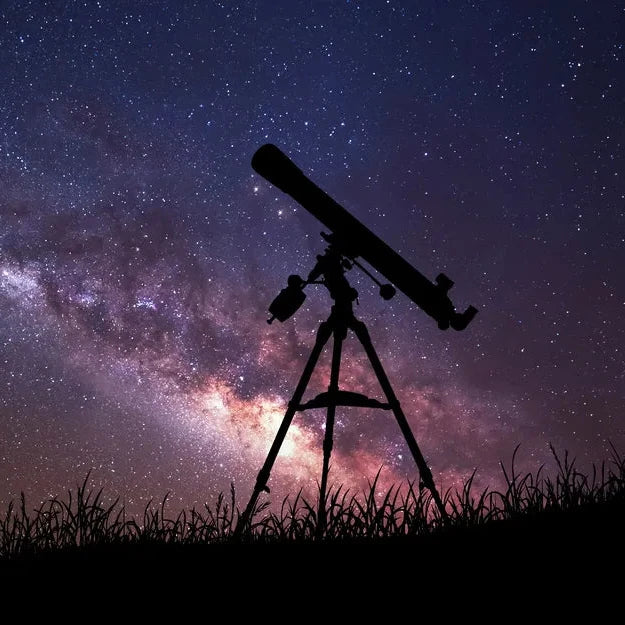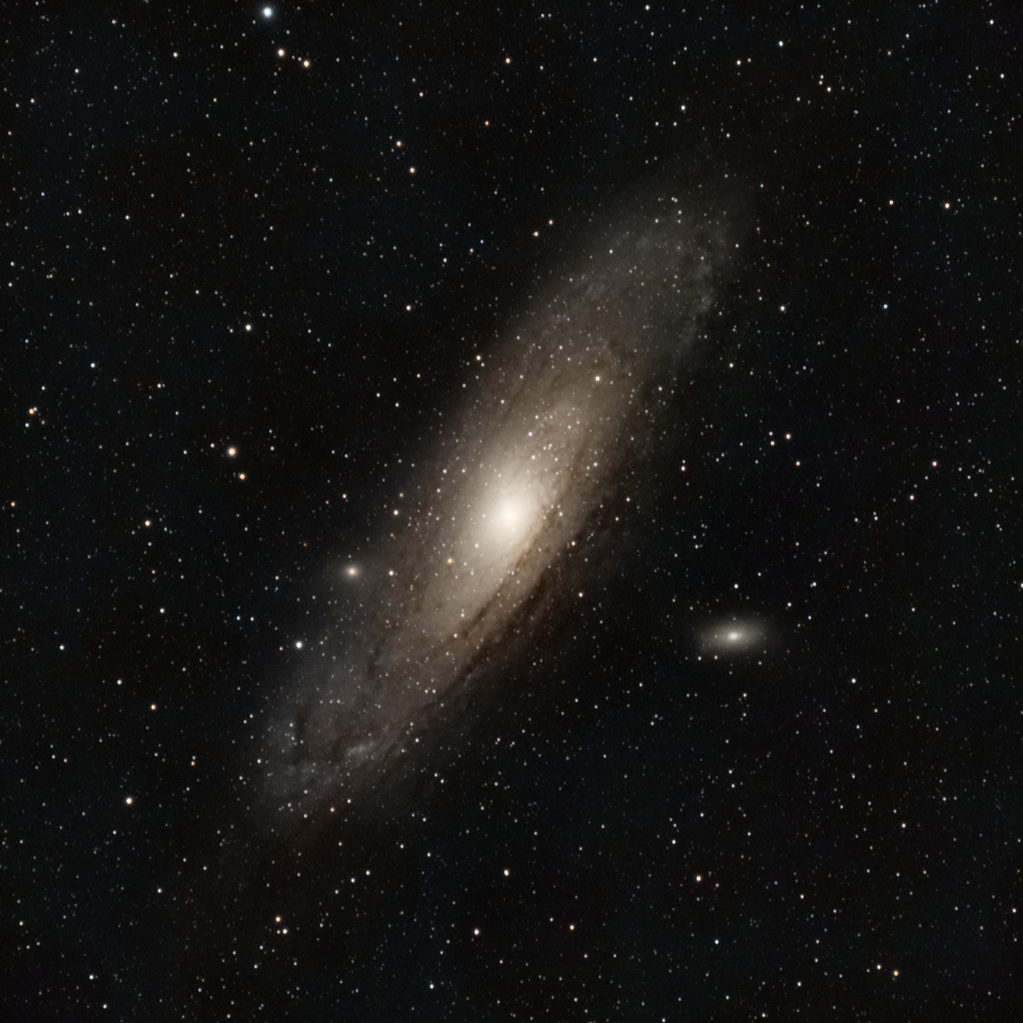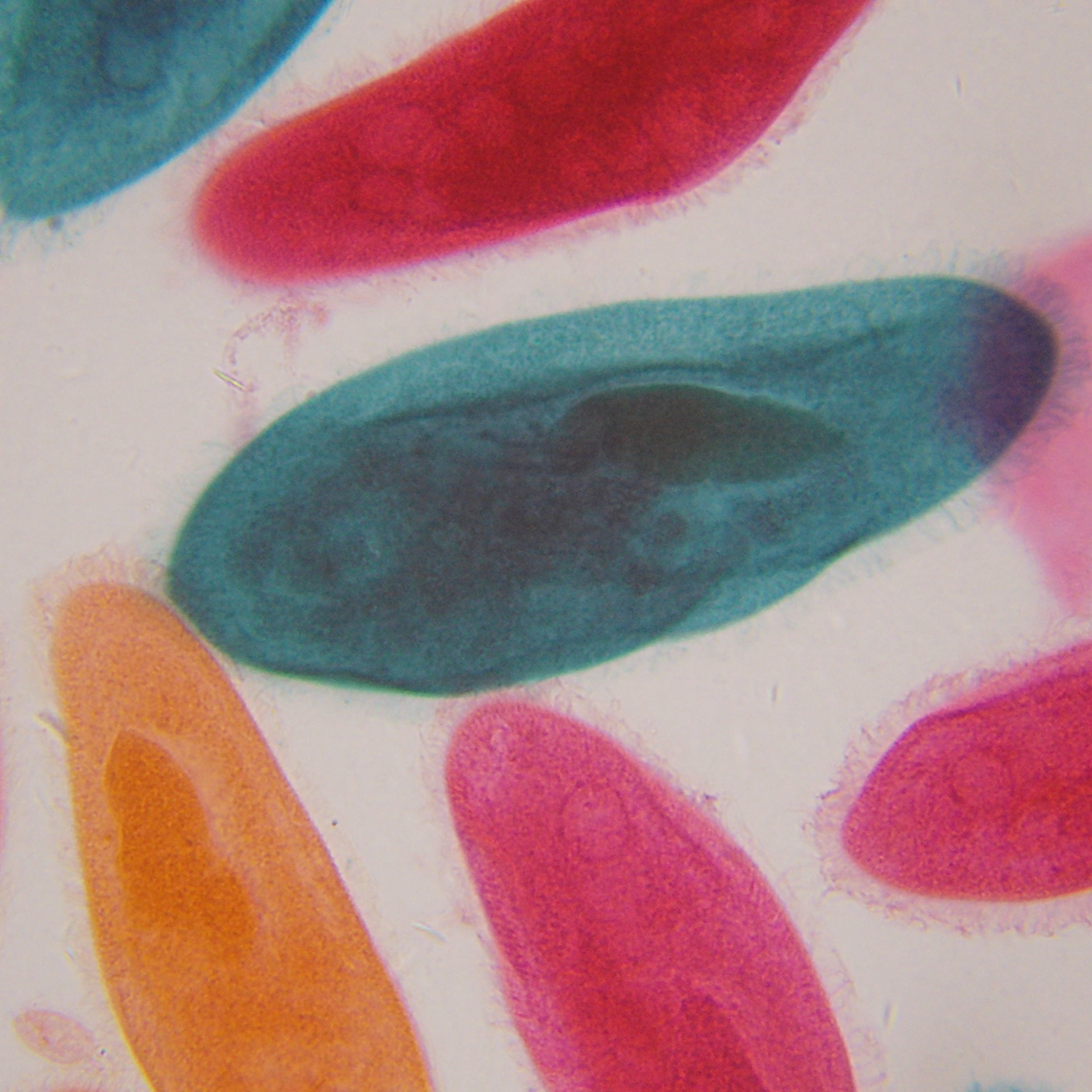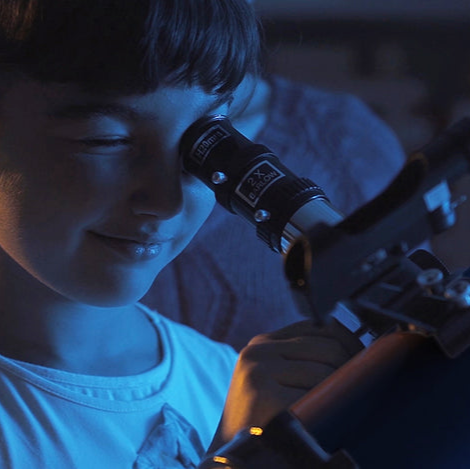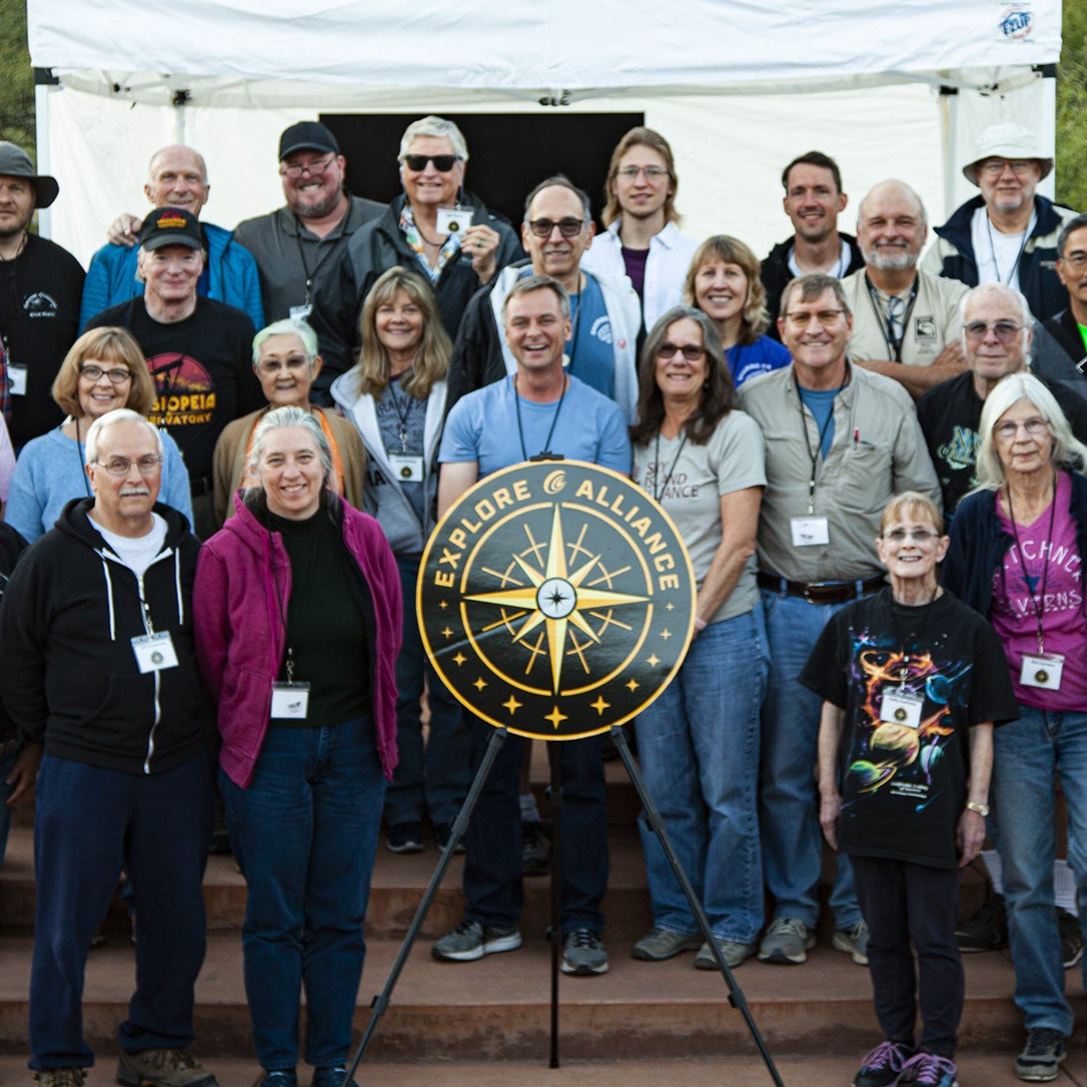Jupiter

Astrophotographer Nils Langner made this image of Jupiter with his Explore Scientific 12-inch f/5 Truss Tube Dobsonian on an equatorial mount designed and built by Langner. No electronic drive system was employed, tracking was pushed by hand. Learn more about this image.
STARMUS Star Party Data from Astronomy Magazine and Explore Scientific
King of the planets, Jupiter is at opposition, its best visibility, brightest, and opposite the Sun in the sky, in late September. It is located in Pisces.
Distance = 598 million km (372 million miles)
Believed to be the oldest planet of our solar system, Jupiter is also the largest. Composed of gas and liquid of mostly helium and hydrogen with water and ammonia that float in its atmosphere, Jupiter is classified as a gas giant with a diameter of 142,984 km (88,846 mi) at its equator. Jupiter is shrinking: When the planet formed it was hotter than it is now, and was about twice its current diameter, and is currently shrinking about 1mm a year. It is also one of four planets in our solar family with a ring system.
Moving fast, Jupiter rotates once about every 10 hours (a Jovian day), and travels about 13.07 km/s (29,236 miles per hour) in its orbit around the sun, taking 11.86 Earth years to complete a Jovian year.
Observed throughout antiquity, both the Babylonian and Chinese astronomers kept careful records of Jupiter's path through the sky. Galileo
Galilei discovered the four largest moons of Jupiter with a telescope of his own design in 1610. His observations were the first recorded and published observations of moons beyond Earth's moon. Galileo's observations of Jupiter changed humanity's understanding of our solar system and our universe.
Learn more about Jupiter:
- Is Jupiter a Failed Star? (Astronomy.com)
- Jupiter (NASA.gov)
STARMUS Star Party-ի տվյալները Astronomy Magazine-ից և Explore Scientific-ից
Մոլորակների թագավոր Յուպիտերը գտնվում է հակադրության մեջ, նրա լավագույն տեսանելիությունը, ամենապայծառ և հակառակ Արեգակն է երկնքում, սեպտեմբերի վերջին: Այն գտնվում է Ձկների շրջանում։
Հեռավորությունը = 598 միլիոն կմ (372 միլիոն մղոն)
Ենթադրվում է, որ մեր արեգակնային համակարգի ամենահին մոլորակն է, Յուպիտերը նաև ամենամեծն է: Բաղկացած գազից և հեղուկից՝ հիմնականում հելիումից և ջրածնից՝ ջրով և ամոնիակով, որոնք լողում են իր մթնոլորտում, Յուպիտերը դասակարգվում է որպես գազային հսկա՝ իր հասարակածում 142,984 կմ (88,846 մղոն) տրամագծով: Յուպիտերը փոքրանում է. Երբ մոլորակը ձևավորվեց, այն ավելի տաք էր, քան այժմ, և մոտ երկու անգամ էր ներկայիս տրամագծից, և ներկայումս փոքրանում է տարեկան մոտ 1 մմ: Այն նաև մեր արեգակնային ընտանիքի չորս մոլորակներից մեկն է, որն ունի օղակաձև համակարգ:
Շարժվելով արագ՝ Յուպիտերը պտտվում է մոտ 10 ժամը մեկ (հովյան օրը) և Արեգակի շուրջ իր ուղեծրով անցնում է մոտ 13,07 կմ/վ (ժամում 29,236 մղոն)՝ 11,86 երկրային տարի պահանջելով Հովյան տարին ավարտելու համար։
Դիտարկվելով ամբողջ հնության ընթացքում՝ և՛ բաբելոնյան, և՛ չինացի աստղագետները մանրակրկիտ գրառումներ էին կատարում Յուպիտերի երկնքով անցած ճանապարհի մասին: Գալիլեո
Գալիլեյը հայտնաբերեց Յուպիտերի չորս ամենամեծ արբանյակները իր իսկ նախագծած աստղադիտակով 1610 թվականին: Նրա դիտարկումները Երկրի արբանյակից այն կողմ արբանյակների առաջին գրանցված և հրապարակված դիտարկումներն էին: Յուպիտերի վերաբերյալ Գալիլեոյի դիտարկումները փոխեցին մարդկության պատկերացումները մեր Արեգակնային համակարգի և մեր տիեզերքի մասին:
Իմացեք ավելին Յուպիտերի մասին.
- Is Jupiter a Failed Star? (Astronomy.com)
- Jupiter (NASA.gov)



